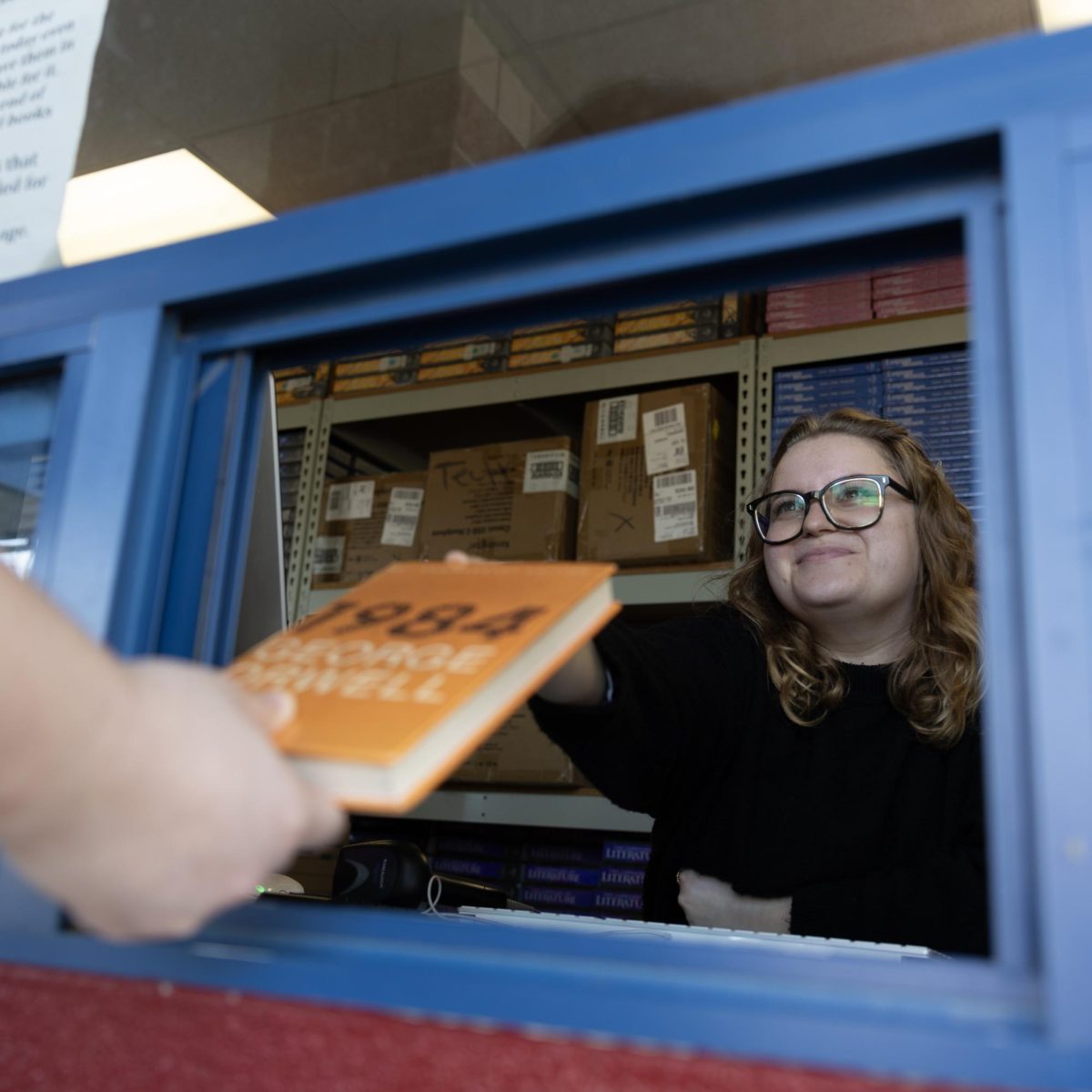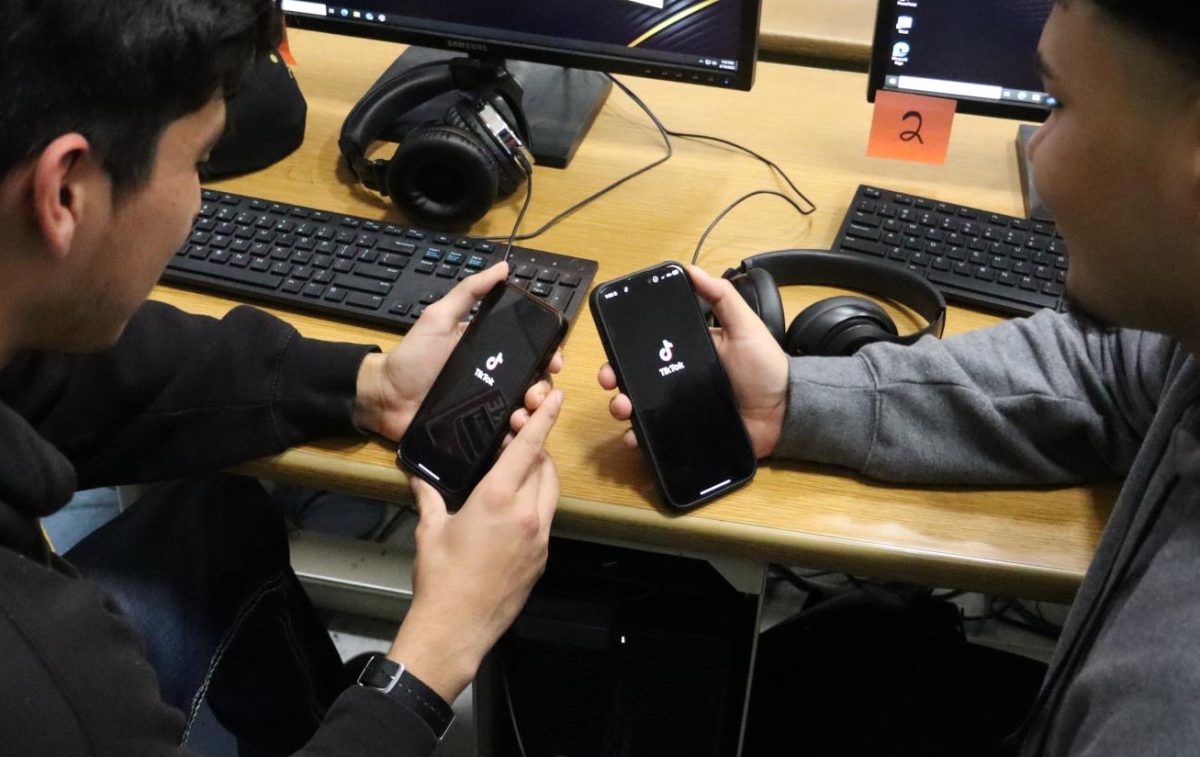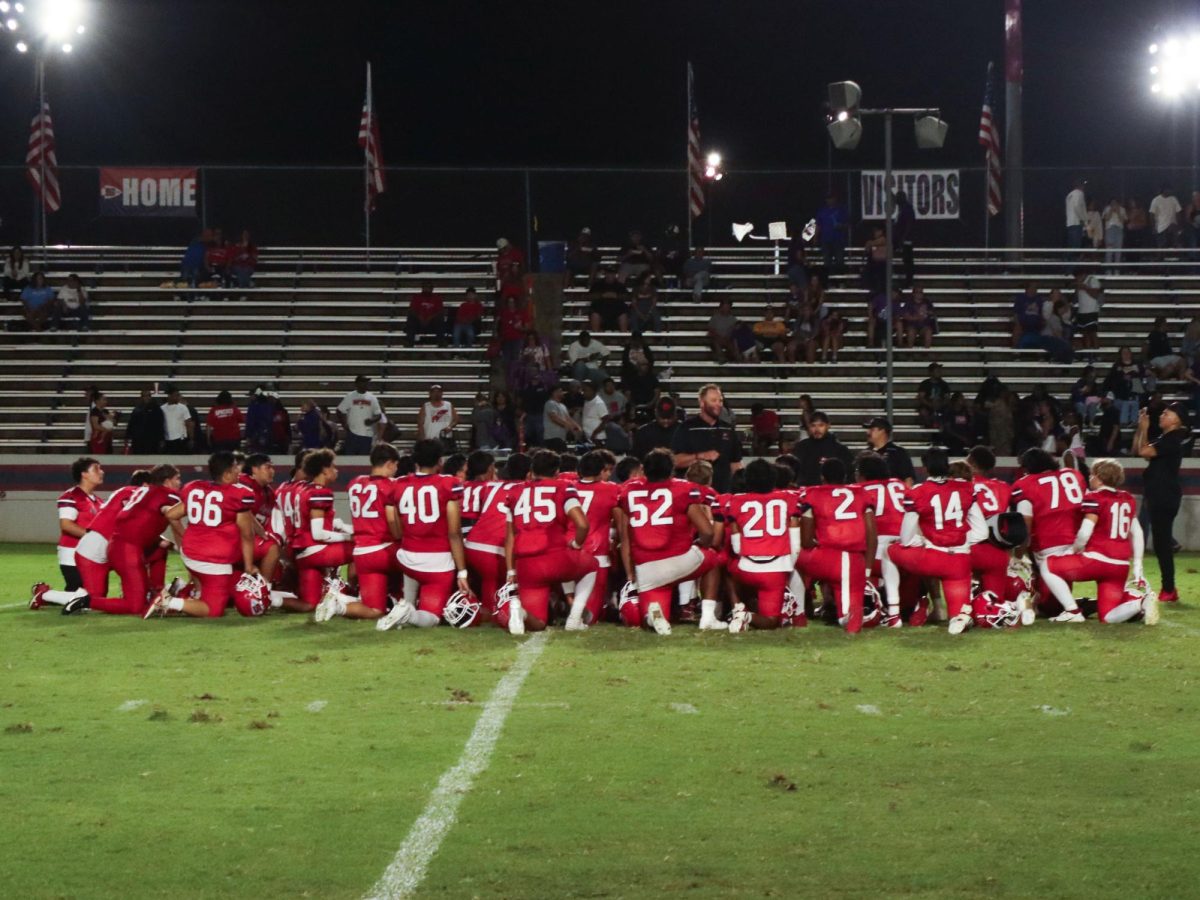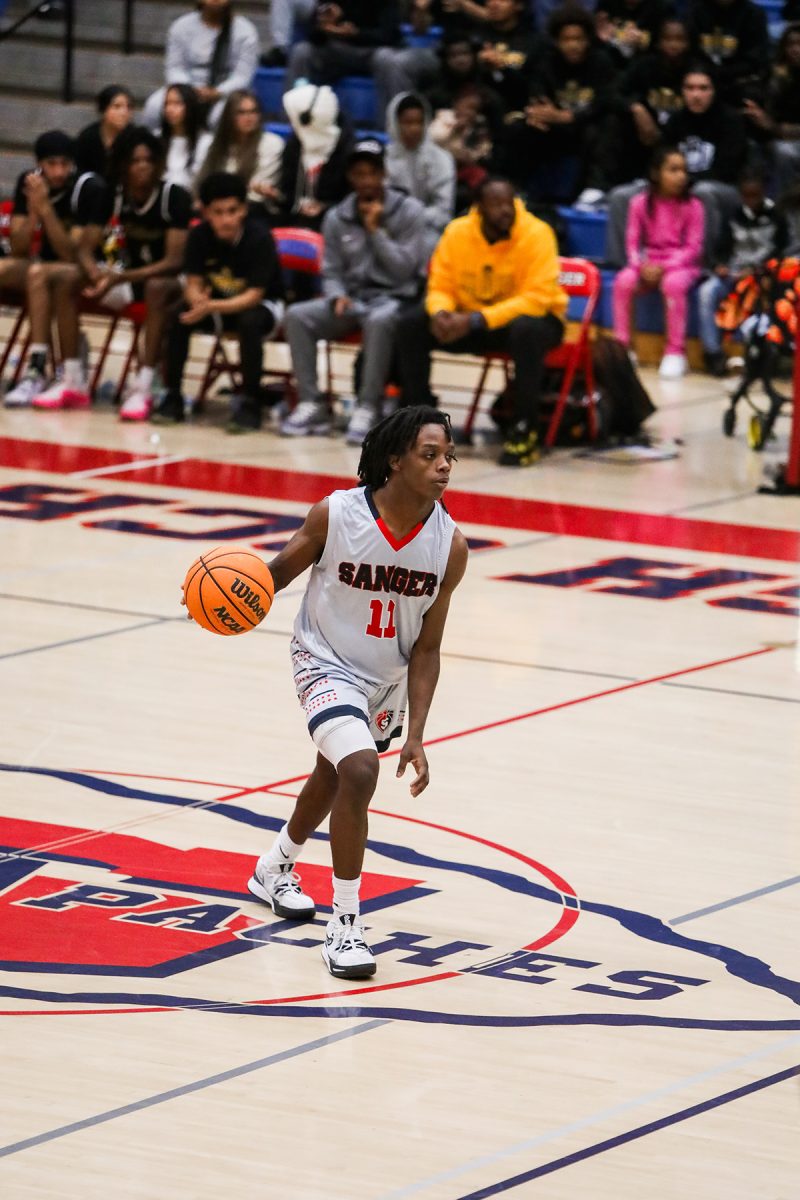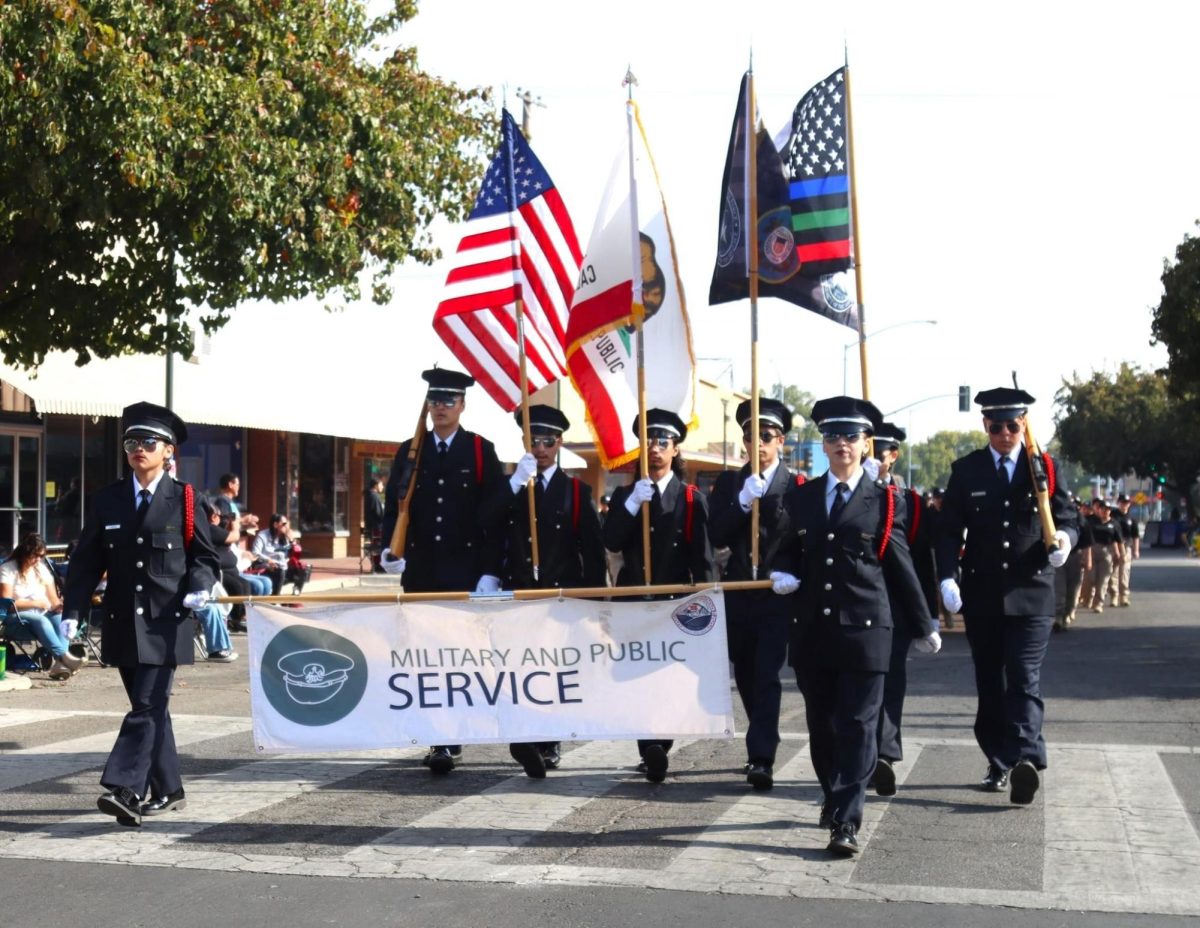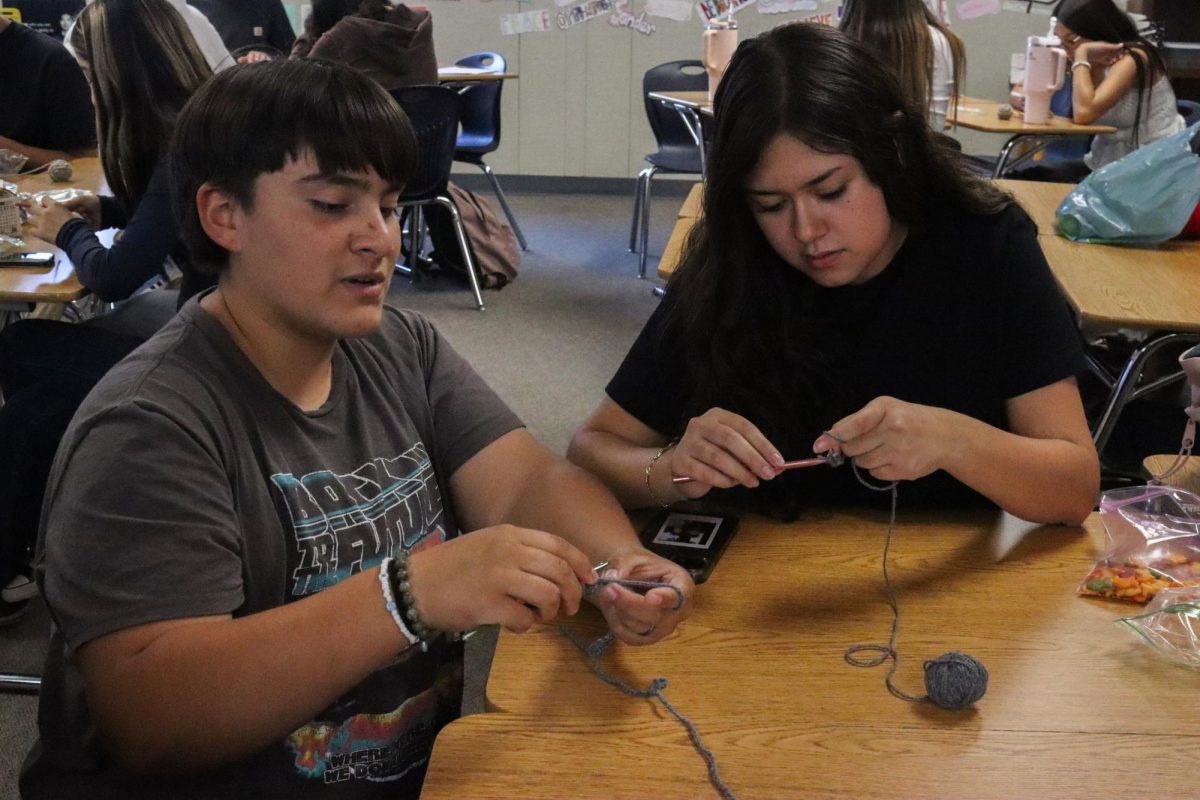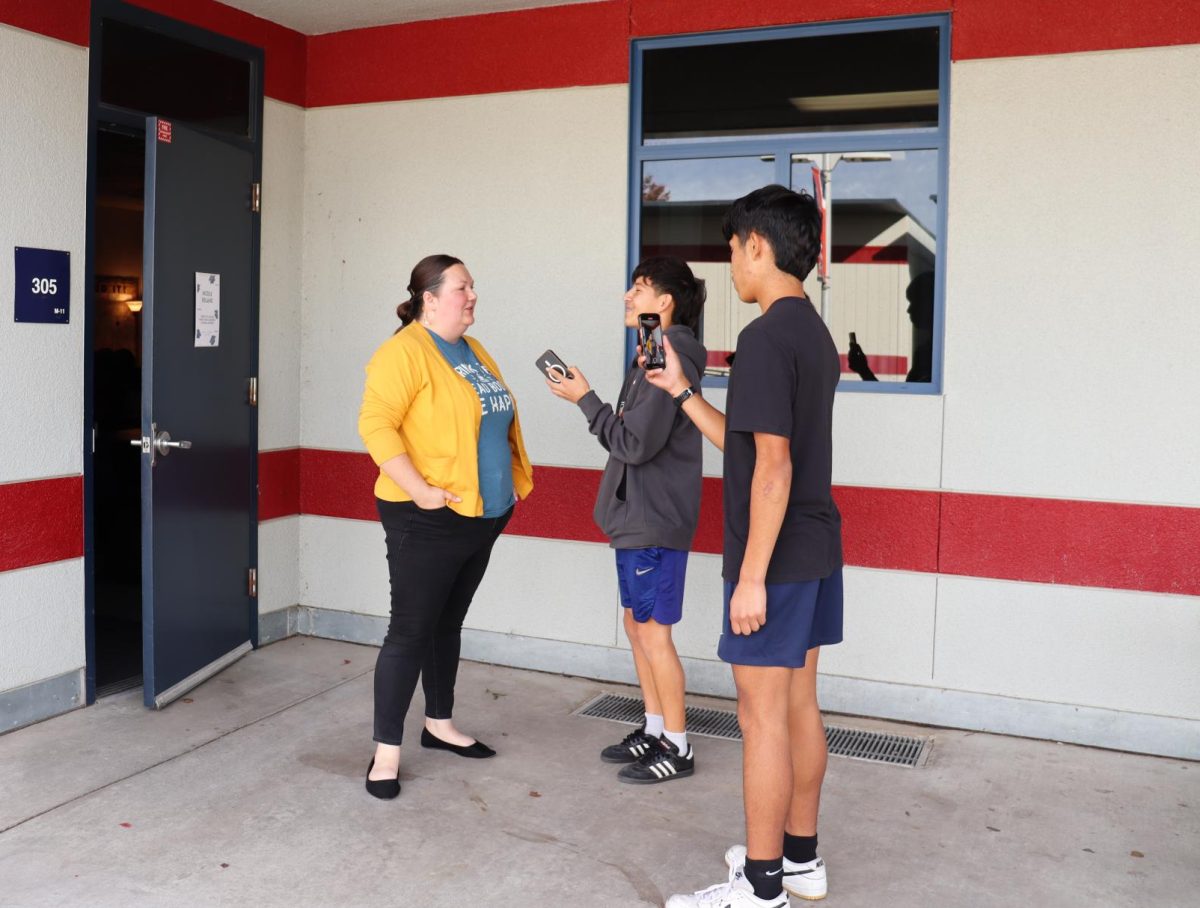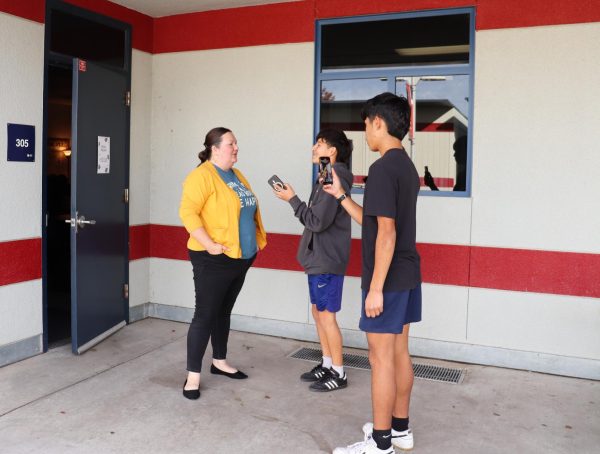Can our restrooms be COED?
School and state policy affecting gender rights in the bathroom
The majority of Sanger High School bathrooms are separated by gender. Restrooms that are made available to students have the male or female symbol on the front, and are categorized as multi-stall.
While there are uni-sex bathrooms located in the Student Center office, and near the basketball courts, they are few and far between.
That said, according to the California Code of Education Assembly Bill AB 1266, schools are required “that pupils be permitted to participate in sex-segregated school programs, activities, and use facilities consistent with their gender identity, without respect to the gender listed in a pupil’s records.”
Meaning that if a student’s gender identity is different from their biological sex, they are to be permitted to use the bathroom reflective of that.
You might be asking, what’s my issue then? I’m not against transgender students using the restroom that coincides with their gender identity; I can sympathize with a student wanting to feel comfortable in the restroom.
Not only that, but to be allowed in a different restroom than the one that coincides with your sex, a student has to speak with a guidance counselor to essentially clarify why.
Rather, my issue is how evidently easy it seems that someone can take advantage of the system.
Allow me to explain. At Sanger High, when a student makes the school aware that their gender identity is different than the one reflected in their records, said student is put on a list. The list is then shown to faculty members such as campus monitors and security so they are made aware that the student can use the bathroom according to their gender identity.
My issue is that not only is the list private, but in addition, students have the right to not reveal their gender identity. And therein lies the problem.
Let’s paint a picture of what could happen in the right circumstances; a male student walks into the girl’s restroom, and no campus monitors or security are around. The male student’s appearance is stereotypical of a boy: short hair, sports jersey-you get the idea. Since the school’s list of transgender students is private, I can’t tell if the male student is transgender or not. And even if I asked, said male student has the right to keep their personal information, which includes one’s gender identity, a secret.
A student willing to take advantage of the situation, as I’ve described, is a threatening thought to female students that use the bathroom throughout the day. On one hand, the school is complying to make transgender students feel comfortable in the restroom that coincides with who they are, but on the other hand, the system can very easily be taken advantage of and have students constantly questioning if the girl or boy is on the correct list, or isn’t.
The question then is, do you sacrifice the comfort of mind of the majority for the minority, or do you sacrifice the comfort of mind of the minority for the majority?
All in all, the only clear solution I see is that the school implement more uni-sex bathrooms around school to be more accessible and convenient to students.
That way, students who feel uncomfortable can use the bathroom regardless of one’s gender identity, and we can avoid issues like the one I mentioned all together.
Your donation will support the student journalists of Sanger High School. Your contribution will allow us to purchase equipment and cover our annual website hosting costs.

McKenzie Jackson is a 16-year-old high school student. She grew up in Fresno, but is a part of the Sanger Unified School District. She attended John Wash...




